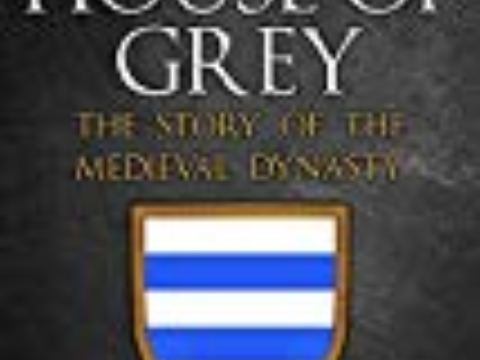Scottish Peers
Chapter 10 : Lords of Parliament
This was the lowest rank in the period of Scotland before the union of the crowns, and entitled the holder to attend Parliament. These men were tenants in chief of the King but were below the rank of Earl. The title related directly to the landholding, and passed with the land.
Lords of the Articles
The Scottish Parliament was not divided into upper and lower
chambers but sat as a single body comprised of the three estates of clergy,
barony and burgesses. In order to make it easier to draw up legislation, Lords
of the Articles would be responsible for creating bills which the full house
could then debate.
Lords of Session
The court of session was established by James V in 1532
Extraordinary Lords of Session
Following the creation of the Court of Session by James V, a
number of lay peers were appointed. These were nominees of the King and were
not necessarily legally trained. Originally there were four extraordinary
Lords, rising to eight in 1553 but then reduced to four. The practice was abolished in
1723 and the last extraordinary Lord of Session died in 1762.





